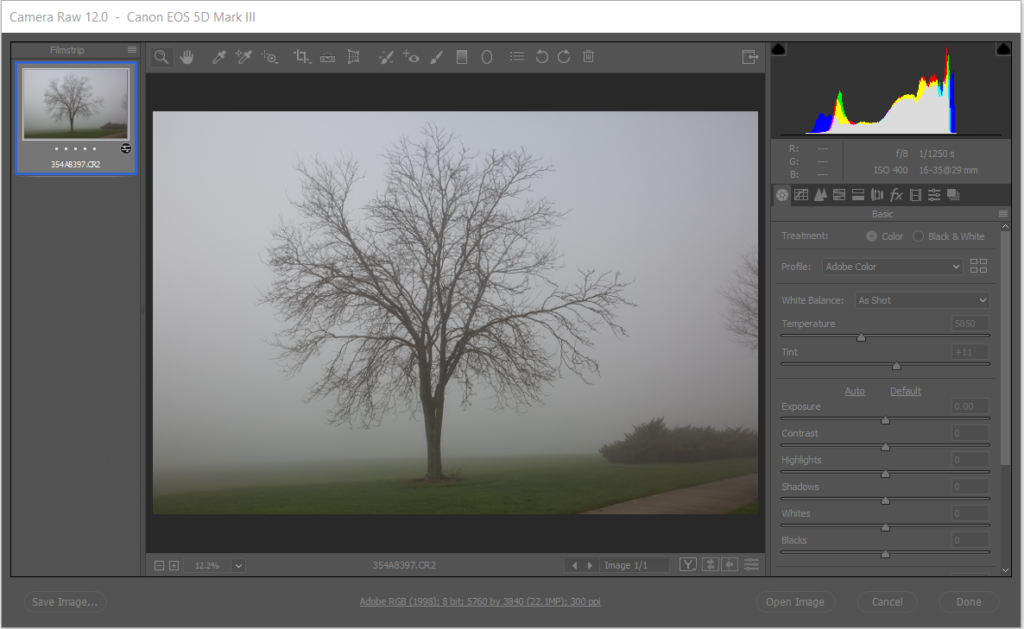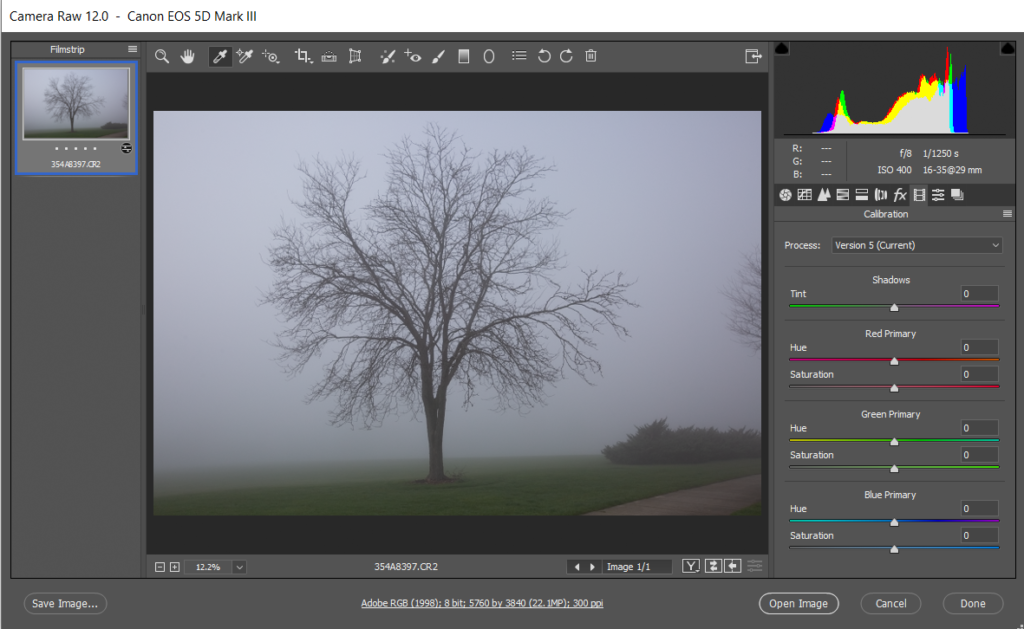- Always adjust White Balance first. You can do it manually or use White Balance Tool.

2. Vibrancy and Saturation. Note: don’t do too much on Saturation.

3. Calibration. Pay more attention to Blue Primary, Blue Hue.


4. Split Tone or Tone curve.

2. Vibrancy and Saturation. Note: don’t do too much on Saturation.

3. Calibration. Pay more attention to Blue Primary, Blue Hue.


4. Split Tone or Tone curve.